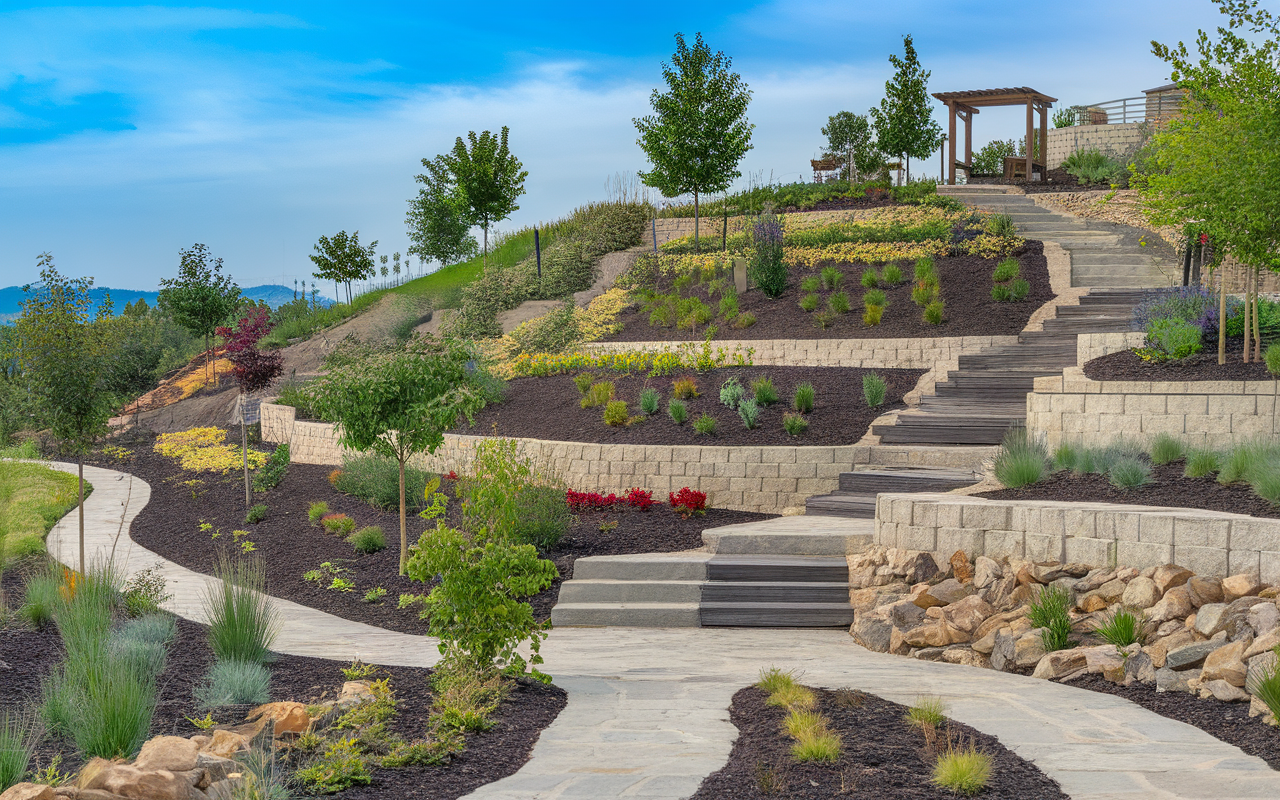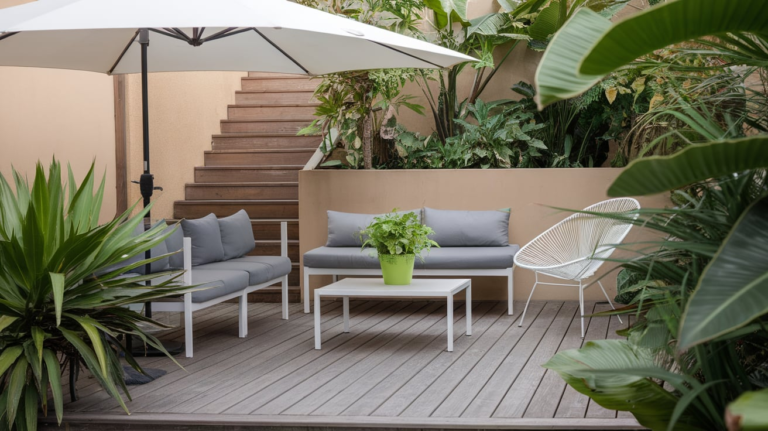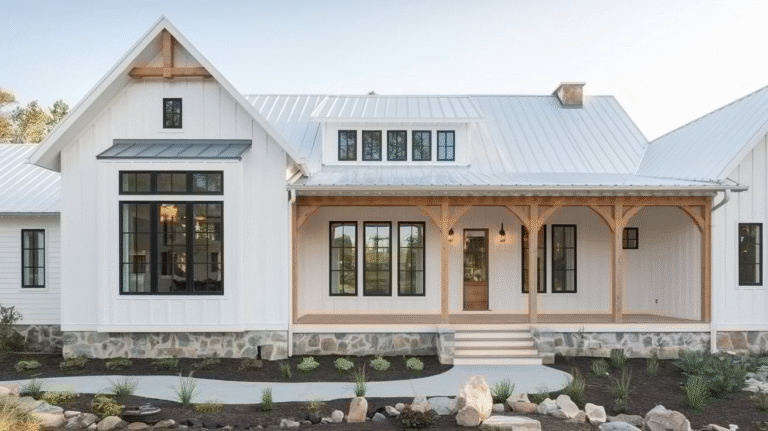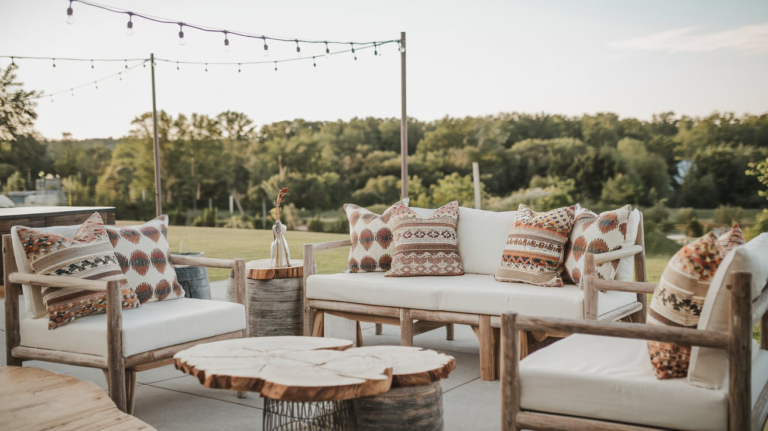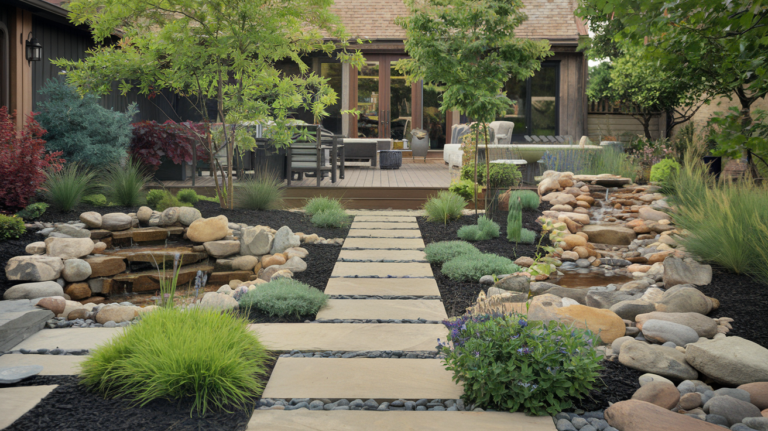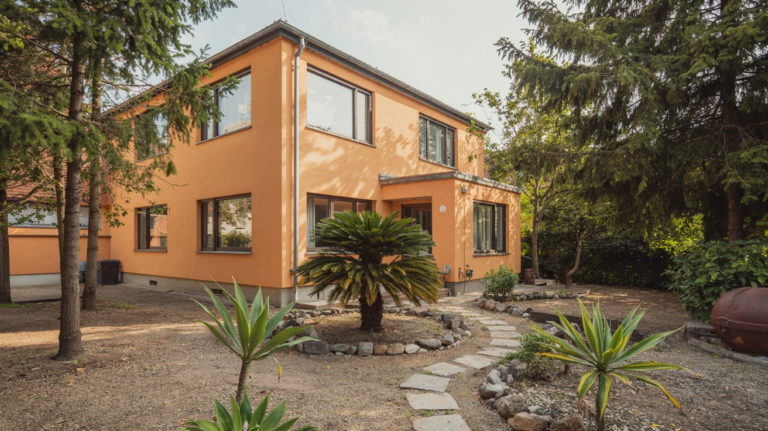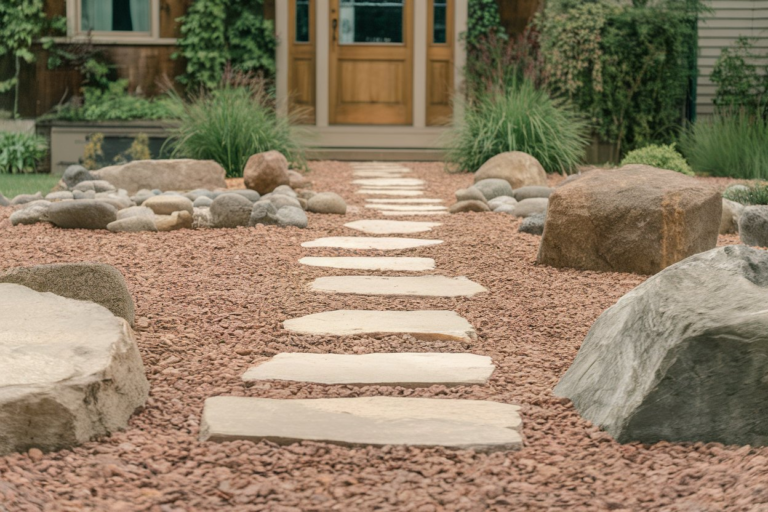23 Hillside Landscaping Ideas
Ever stood at the base of a steep, sloping yard and felt like it was challenging you to a duel? You’re not alone. Hillsides can feel like landscaping nightmares, but the truth is—these slopes are secretly some of the most exciting canvases a yard can offer. The key is to work with the land, not against it.
Whether your slope is gentle or dauntingly steep, these 23 hillside landscaping ideas will inspire you to turn those inclines into stunning garden features, practical walkways, and peaceful retreats. Think of it as a secret scroll of hillside hacks that pros and passionate gardeners whisper about over coffee.
1. Terracing: The Art of Levels
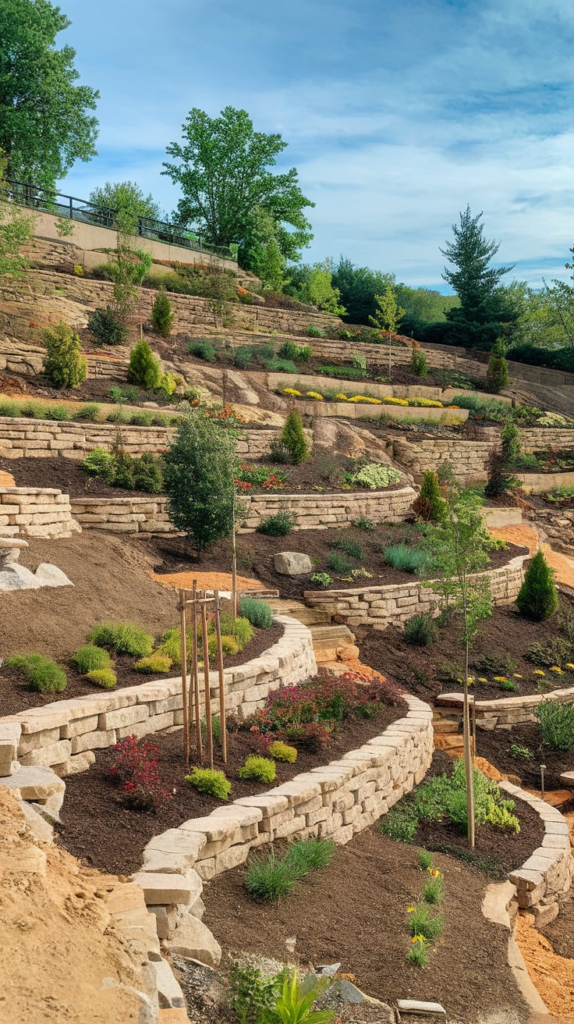
Think of terracing as building staircases for your plants. This ancient technique involves carving your slope into a series of flat steps or platforms. Each level is a mini garden bed of its own. You get better water retention, easier maintenance, and a visual rhythm that’s pleasing to the eye.
I tried this on my own hillside using stone retaining walls. Not only did it reduce soil erosion, but it became a showcase for herbs, succulents, and even some tomato plants.
2. Native Grasses for Effortless Coverage
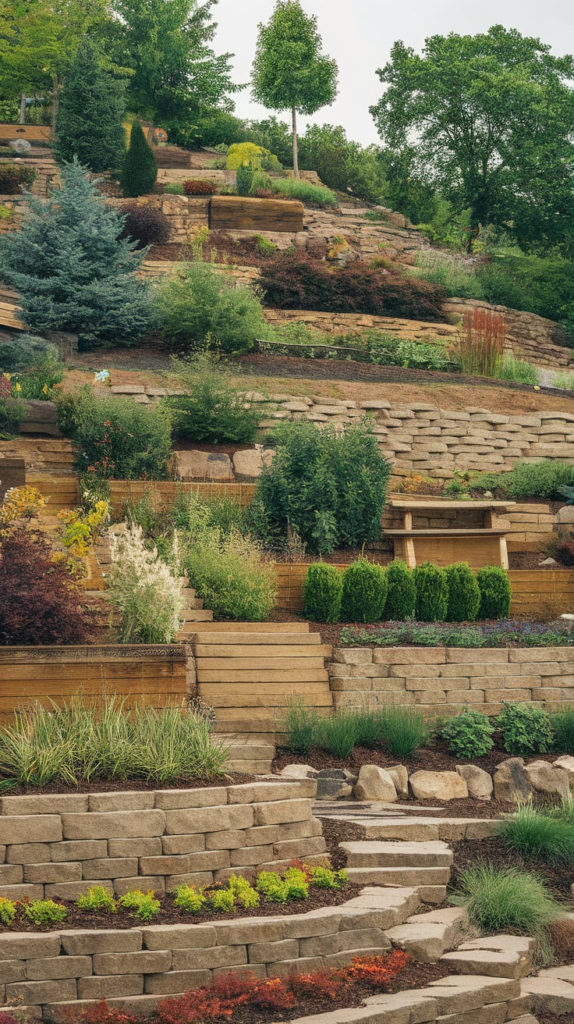
If you’re looking for low-maintenance beauty, native grasses are your slope’s best friend. They root deeply—ideal for erosion control—and add movement and softness to a rigid incline. Blue grama, little bluestem, and fescues are stars in many regions.
Pro tip: Don’t mow them. Let them sway and create drama in the breeze.
3. Dry Creek Beds for Natural Drainage
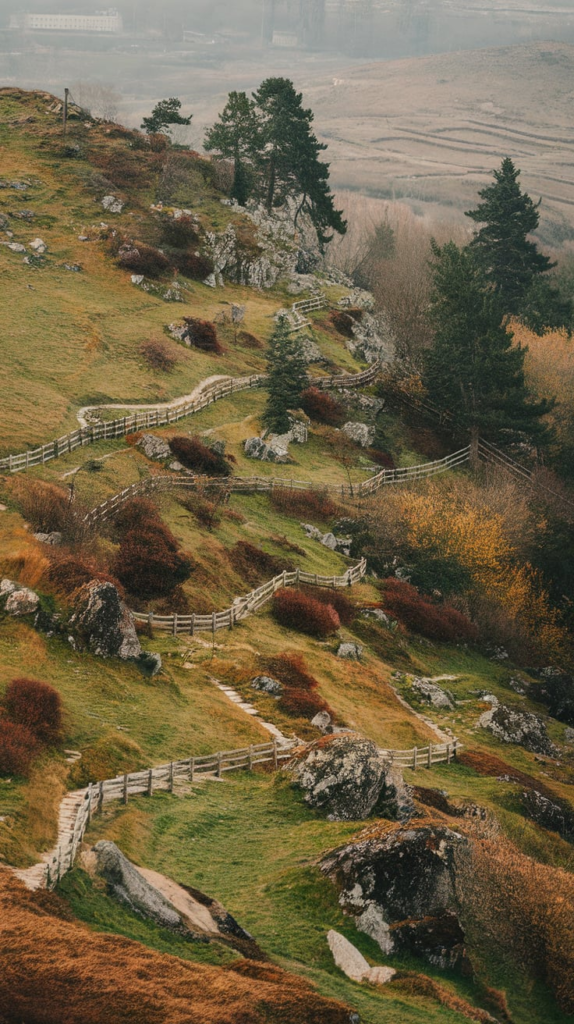
Slopes and rain are frenemies. One way to manage water runoff while adding aesthetic appeal is with a dry creek bed. Line a meandering trench with river rocks, add a few boulders for drama, and let nature do the rest.
This design not only prevents puddling but also gives your yard a wild, untamed charm—as if Mother Nature herself carved it.
4. Stone Retaining Walls: Rugged Elegance
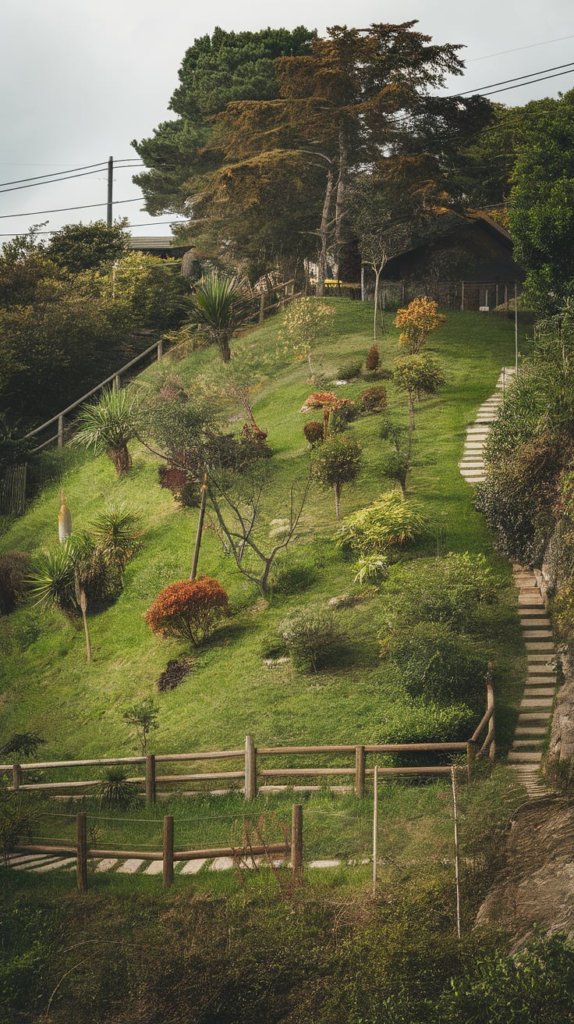
There’s something noble about a well-built stone retaining wall. It brings structure to a slope, prevents erosion, and creates planting areas. Whether you use natural fieldstone or cut granite blocks, this approach adds enduring beauty.
If your slope is steep, consider tiered retaining walls that double as seating or raised garden beds.
5. Groundcovers to Blanket the Slope

Forget the lawnmower—on a slope, it’s more enemy than tool. Instead, opt for groundcovers like creeping thyme, sedum, or vinca. They grow low, spread wide, and hold your soil like a gentle hug.
My hillside came alive with creeping phlox—every spring it erupts in a carpet of color that stops neighbors in their tracks.
6. Steps That Guide and Ground
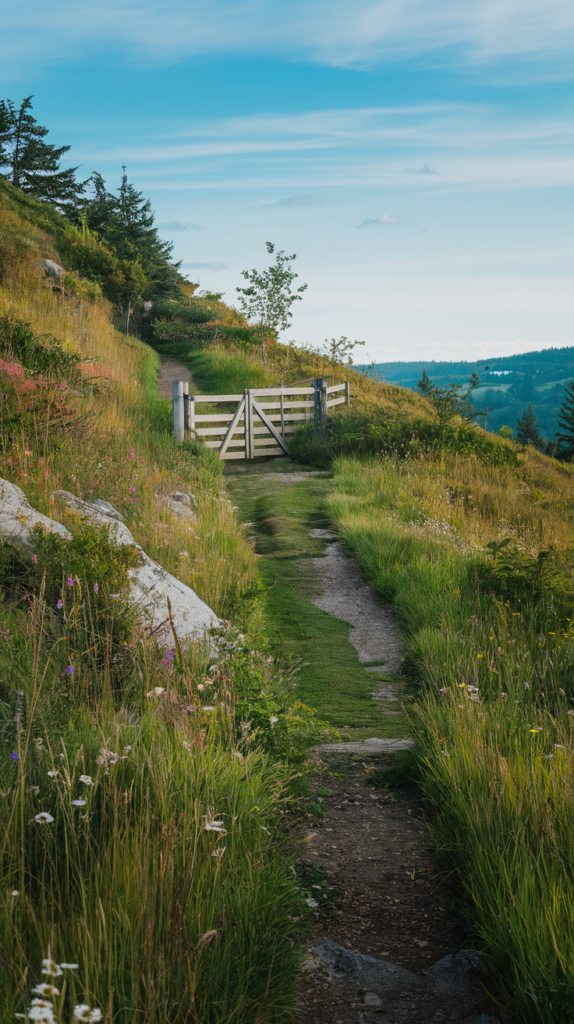
Stone, wood, or gravel steps aren’t just practical—they’re opportunities to create movement and rhythm. A well-designed set of steps turns a steep slope into a scenic path. Use wide landings every few steps to catch your breath and admire the view.
Make it personal: edge the steps with lavender or rosemary for a burst of scent as you pass.
7. Sloped Flower Beds for a Color Cascade
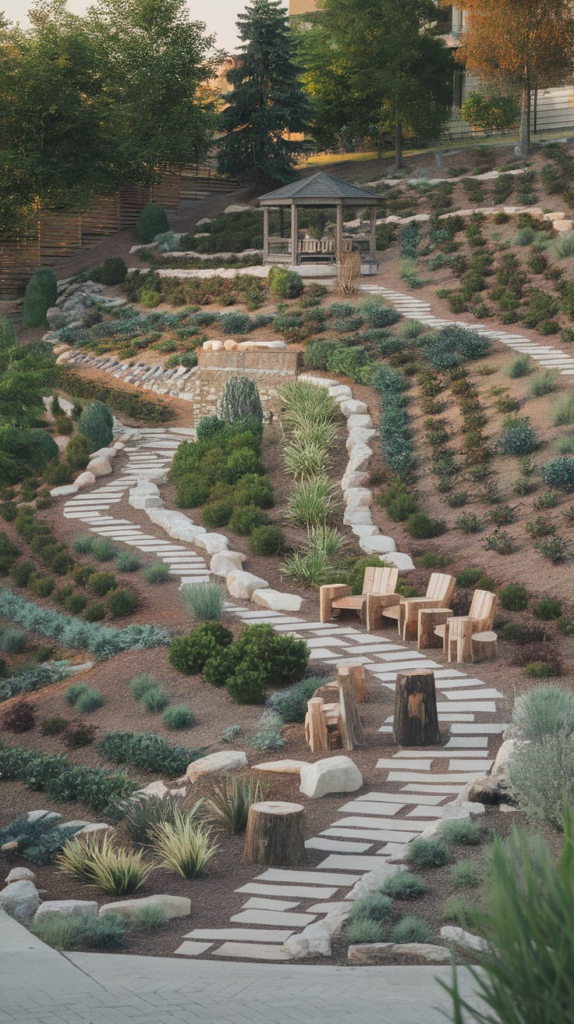
Why plant flowers in rows when you can do it on an angle? Sloped flower beds allow for cascading color from top to bottom. Mix perennials and annuals to keep blooms going all season.
Think of it as a floral waterfall. Dahlias at the top, zinnias midway, and pansies at the base? Pure eye candy.
8. Hillside Vegetable Garden
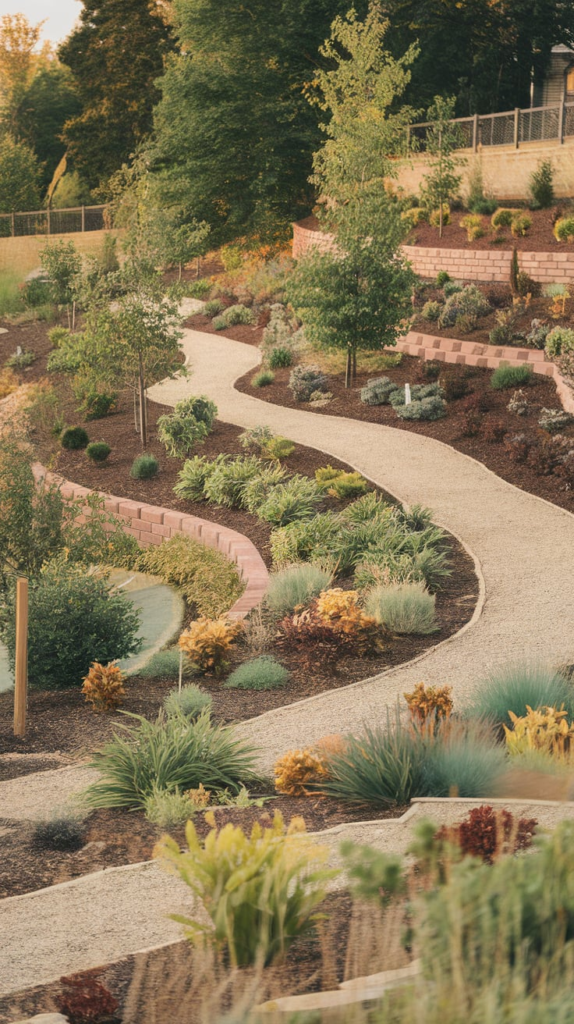
Yes, you can grow food on a slope. With proper terracing or raised beds aligned with the contour lines, a hillside vegetable garden becomes both productive and beautiful. The slope even helps with drainage.
Tip: Install a drip irrigation system at the top—it’ll trickle down naturally, saving water and effort.
9. Sloped Seating Area
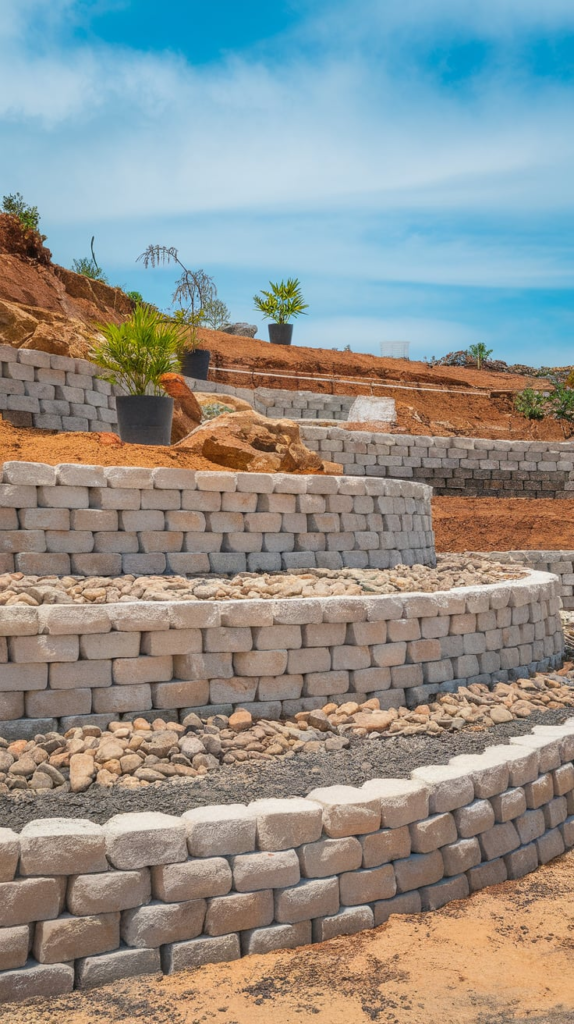
Build a seating nook into your hill—like a hidden theater in nature. Use retaining walls or boulders to carve out a flat spot and install a bench or Adirondack chairs. Add lanterns or solar lights for magic after dark.
I carved one out next to a lilac bush—come spring, it’s the most fragrant reading spot imaginable.
10. Slope-Friendly Shrubs
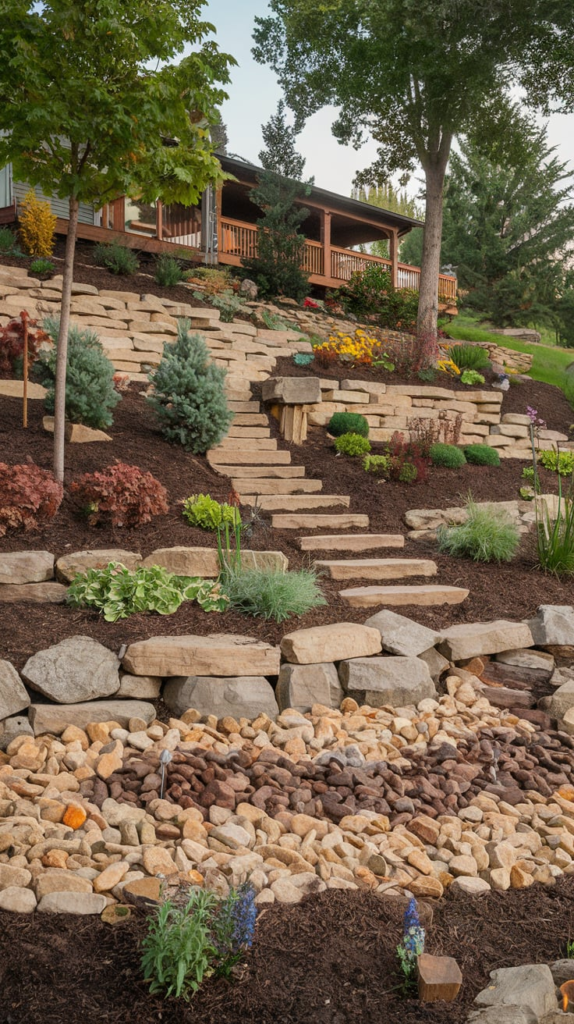
Some plants don’t mind the incline at all. In fact, they thrive on it. Consider slope-loving shrubs like juniper, cotoneaster, and spirea. They offer texture, anchor the soil, and often require minimal care.
Many also double as wildlife havens—hello, backyard birds and buzzing bees.
11. Waterfalls That Flow With the Land

If your slope is steep enough, it’s begging for a waterfall feature. Use natural rocks and a hidden pump system to create a cascading flow that looks like it’s been there forever.
Even a small trickle adds sound and serenity. It’s like installing a natural soundtrack in your yard.
12. Rock Gardens With a Wild Heart
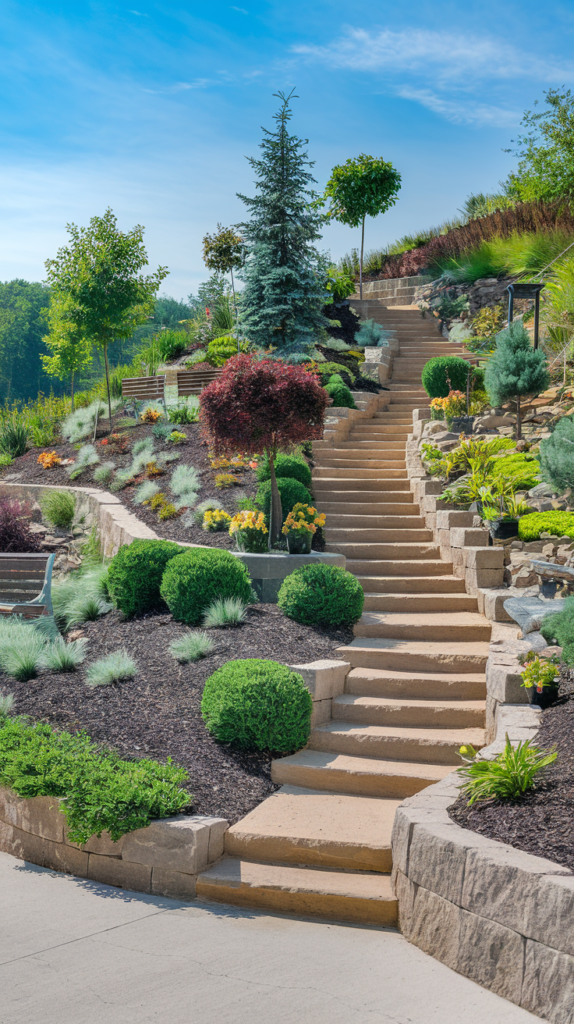
A rock garden is a love letter to rugged terrain. Let rocks lead the design, then tuck in alpine plants, succulents, or drought-tolerant perennials around them.
The contrast of soft and hard, green and gray, creates instant visual interest. Bonus: minimal watering and no mowing required.
13. Railings for Safety and Style

If you’re installing steps or paths on a steeper hill, railings are a must. But they don’t have to be boring. Go rustic with logs, modern with metal, or artistic with hand-forged iron.
Safety first, but never forget style.
14. Tree Planting on an Angle
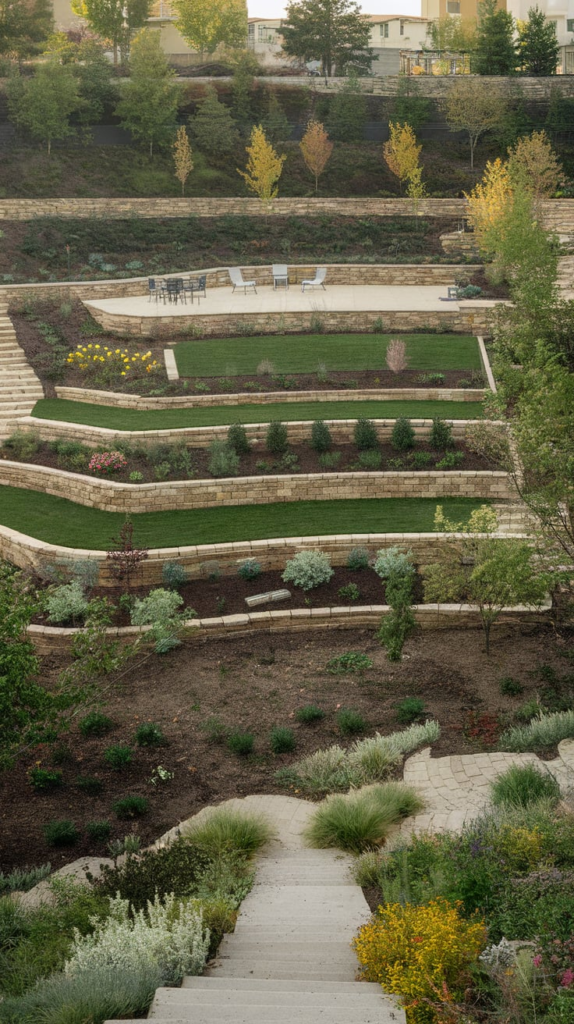
Planting trees on a slope? It’s doable. Choose deep-rooted trees like oaks, maples, or fruit trees. Stake them well in the beginning, and mulch to retain moisture and suppress weeds.
They’ll stabilize the soil and provide shade and structure for decades.
15. Gabion Walls for Industrial Chic
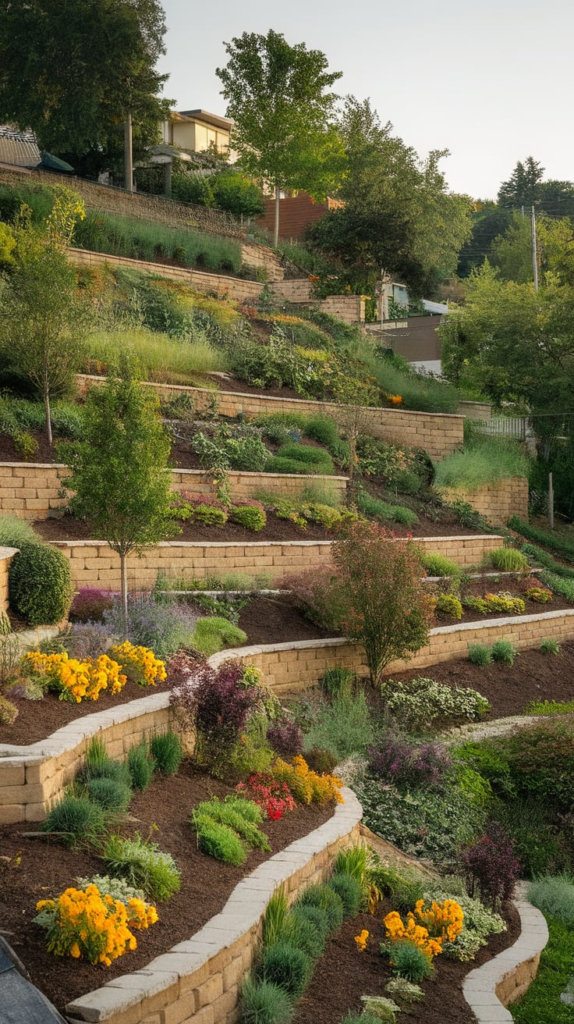
Gabion walls—wire cages filled with rocks—are not just for highways anymore. They bring a bold, modern edge to sloped landscapes and act as solid retaining structures.
They’re also surprisingly DIY-friendly and excellent for drainage.
16. Sloped Lawn, the Smart Way
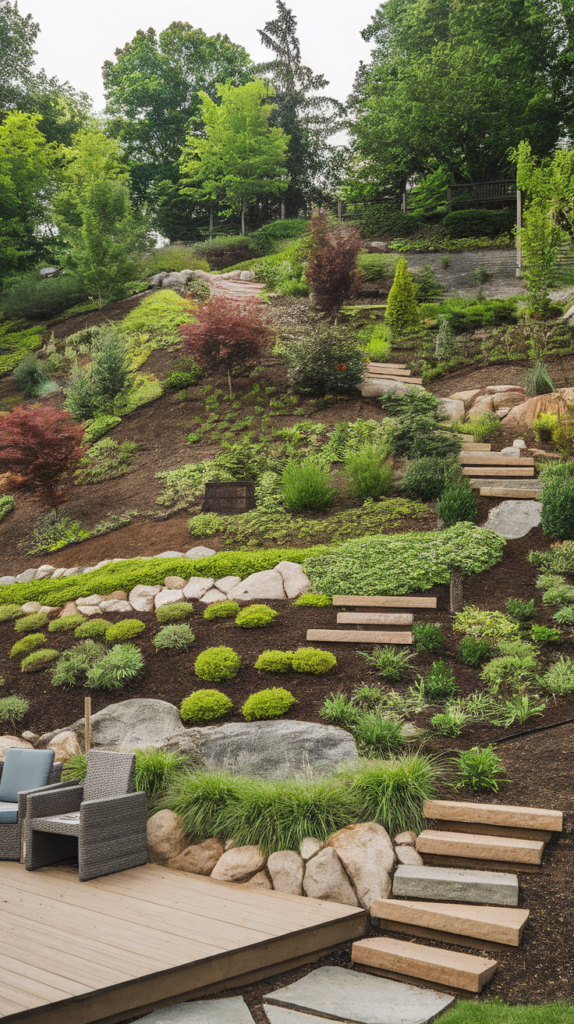
If you must have a lawn, opt for turf alternatives like clover, no-mow grass blends, or ornamental turf. Traditional lawn grasses on slopes can become slippery and water-hungry.
Keep the mowing to a minimum and let the greenery flow naturally.
17. Wildflower Meadow on a Slope
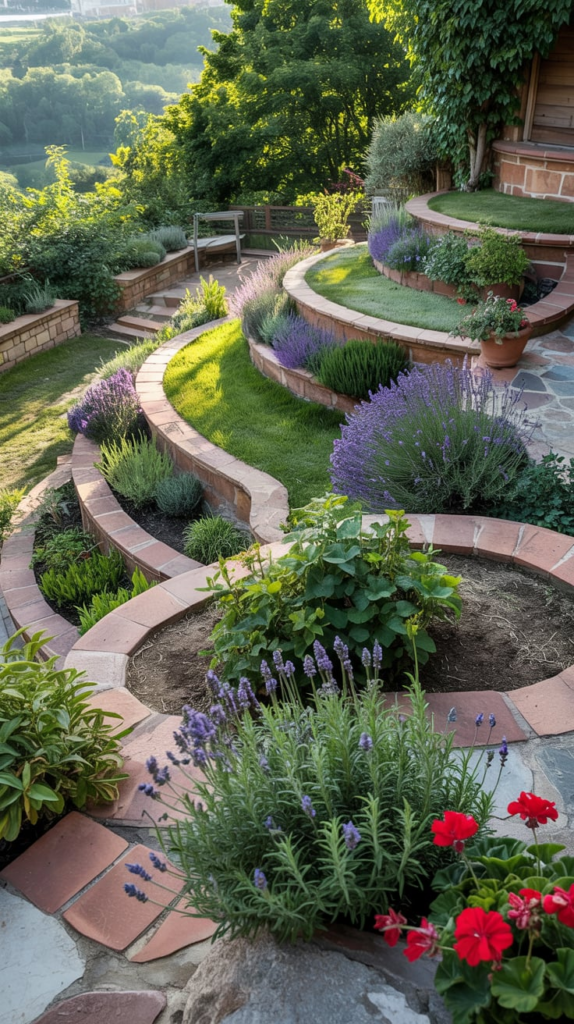
Imagine your hill transformed into a pollinator paradise. Wildflowers like black-eyed susans, yarrow, and coneflowers thrive on slopes and require minimal upkeep once established.
Plus, it’s like watching a painting come to life with bees, butterflies, and bursts of color.
18. Vertical Planting Systems
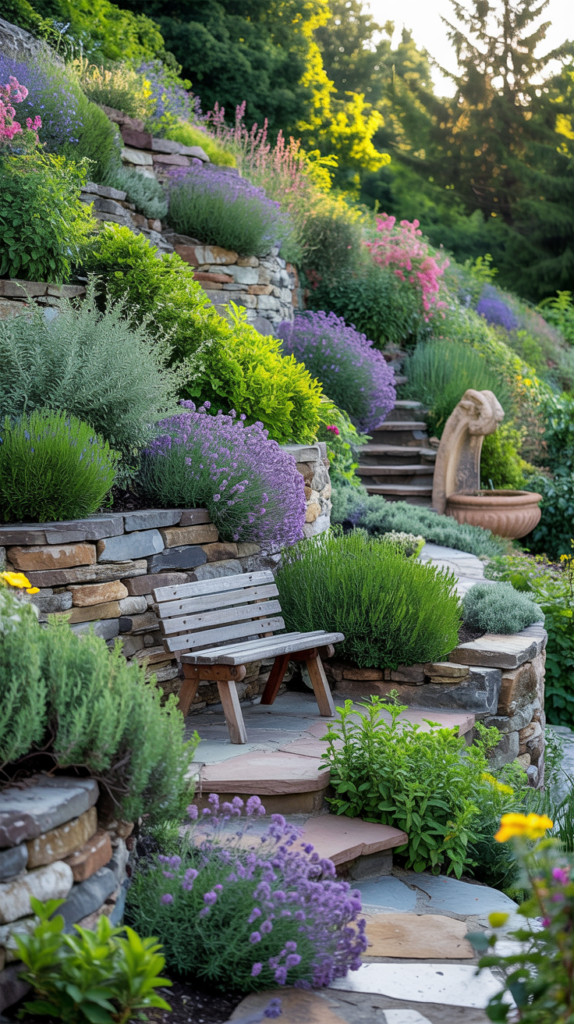
Go beyond horizontal. A vertical garden can cling to a retaining wall or custom trellis structure built into your slope. Use it for herbs, flowers, or succulents.
This is a great trick when space is tight and you want to make every square inch count.
19. Mulch Magic
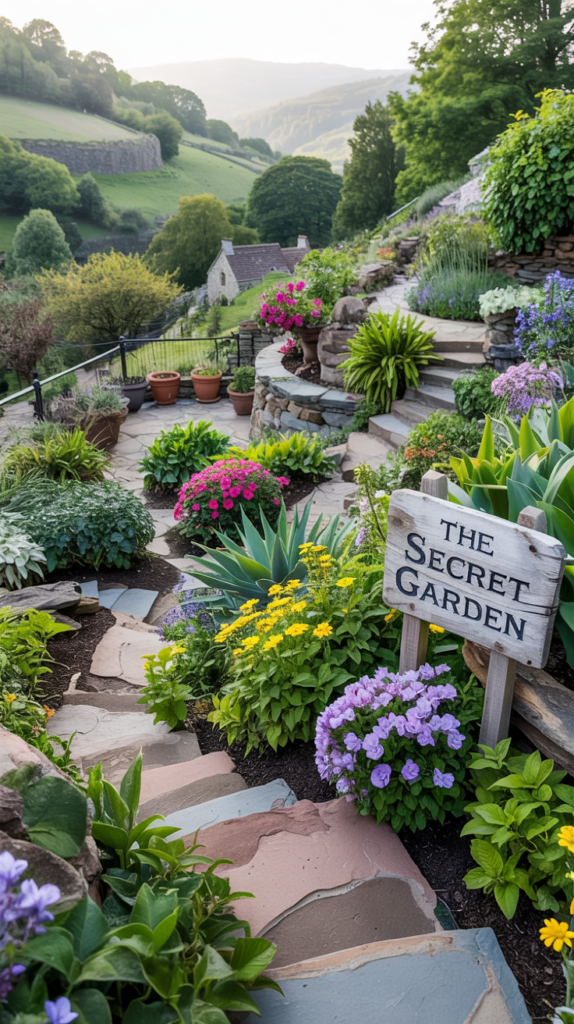
Mulch might not sound sexy, but it’s a hillside’s unsung hero. Spread it generously around plants to suppress weeds, retain moisture, and protect against erosion. Shredded bark or straw works wonders.
It’s like giving your slope a warm, protective blanket.
20. Slope-Side Fire Pit
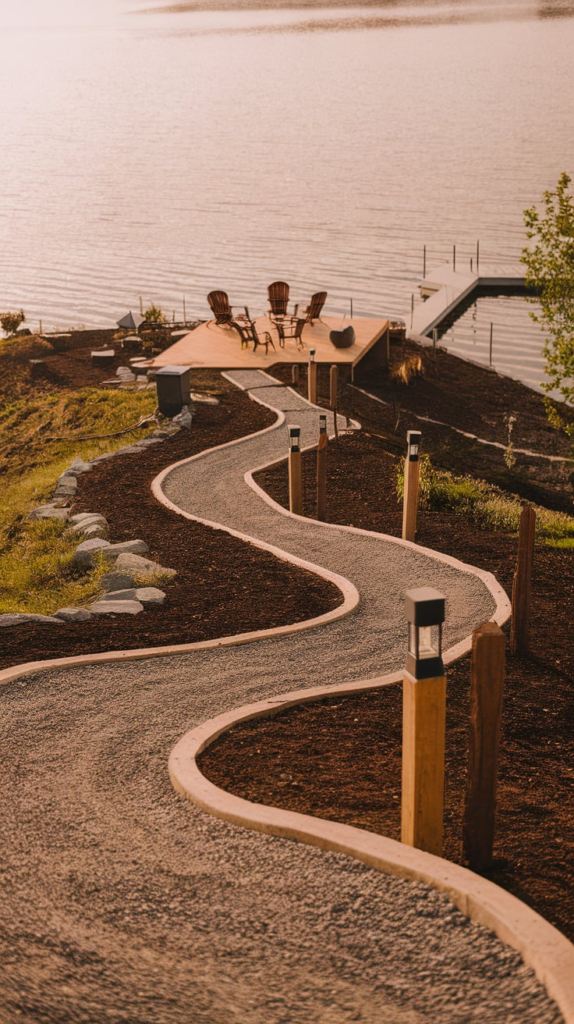
Carve a fire pit zone into your slope, creating a sunken conversation area. Stone seating walls double as retaining features and marshmallow toasting stations.
This is where memories are made on cool nights.
21. Lighting That Climbs
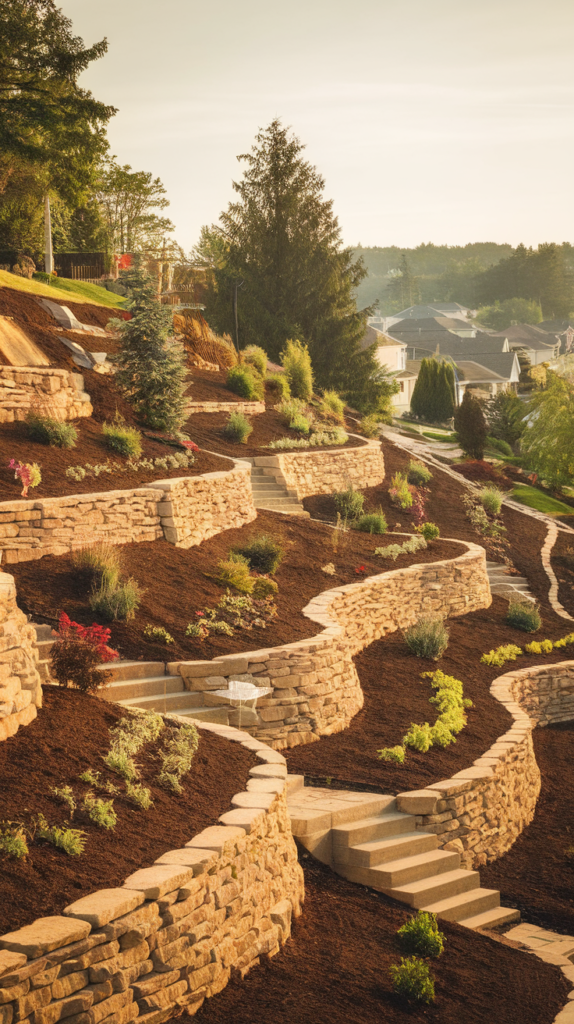
Slopes deserve drama. Use landscape lighting to trace your paths, highlight steps, or spotlight key plants. Solar lights work great, but wired systems offer more control.
At night, your hill turns into a moonlit masterpiece.
22. Windbreaks and Privacy Hedges
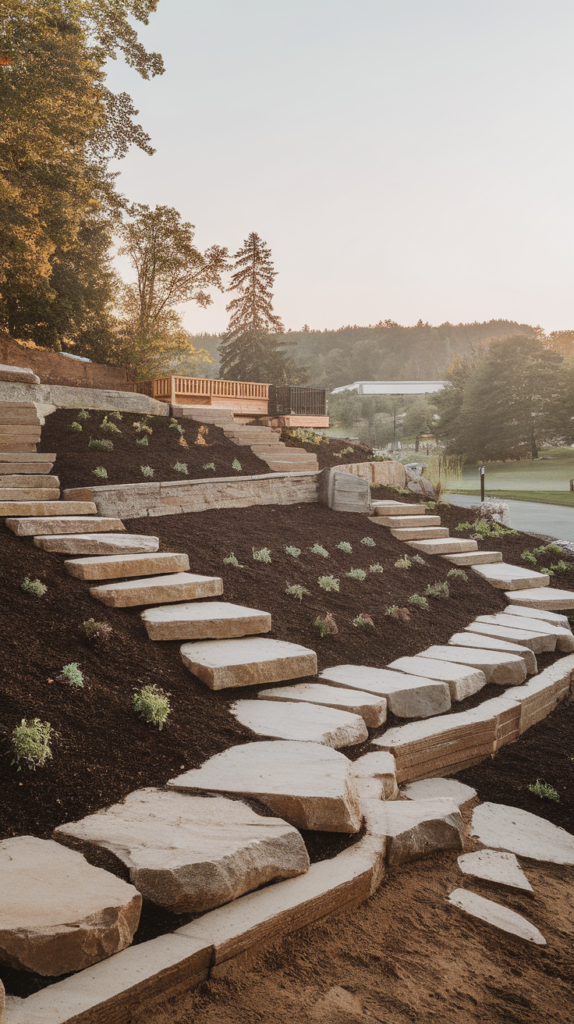
Hills often catch the wind. Combat it with shrubs that double as windbreaks and privacy screens. Arborvitae, boxwood, and bamboo can form natural walls that block both breeze and nosy neighbors.
Function meets form in the most satisfying way.
23. The Wild Zone
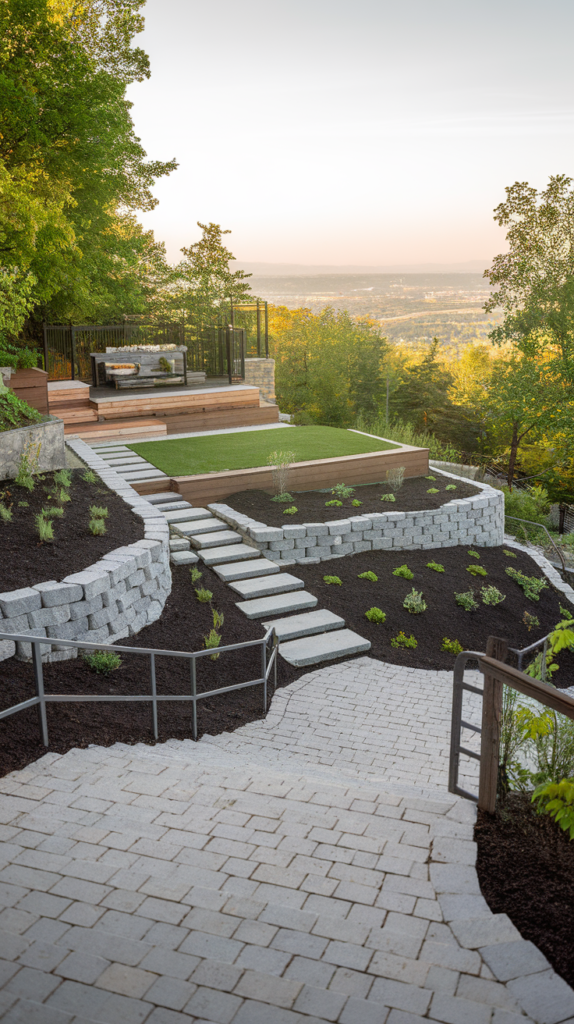
Not every inch of your slope needs taming. Designate a “wild zone” where native plants, moss, and ferns grow as they please. Let the slope be wild and free in places—it’s good for the soil, wildlife, and your soul.
Sometimes, beauty lies in the untamed corners.
Conclusion

Landscaping a slope can feel like taming a dragon. But once you understand its quirks, it becomes a loyal companion instead of a foe. Your hillside has depth—literally and metaphorically. It tells a story of erosion and resistance, of water flow and resilience. When you landscape with intention, you’re not just beautifying a yard; you’re shaping a narrative of place and possibility.
So go ahead—dig in, plant boldly, and let your hillside shine.
Want help deciding which idea fits your slope best? Describe your hill and I’ll help you brainstorm something custom. Let’s turn your backyard cliffhanger into a garden triumph.
